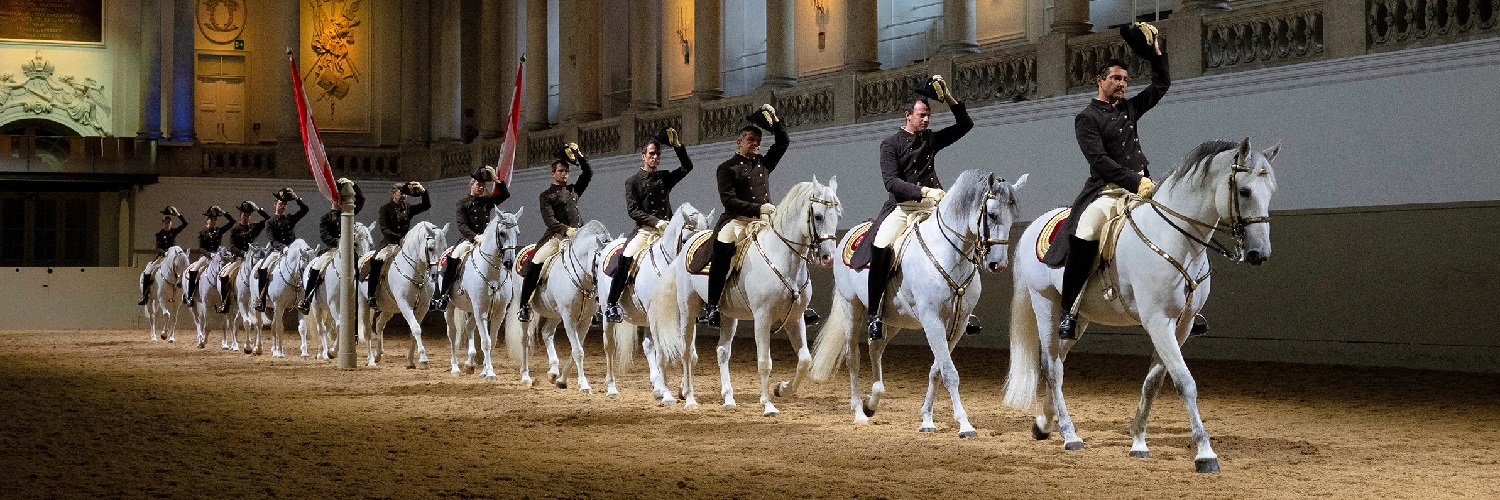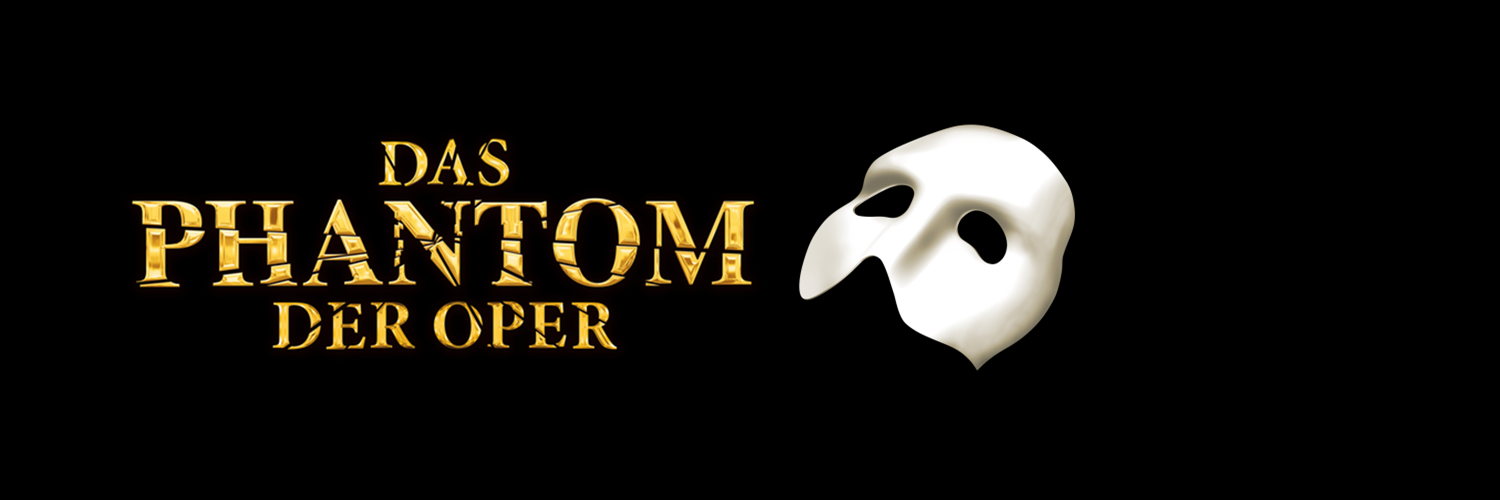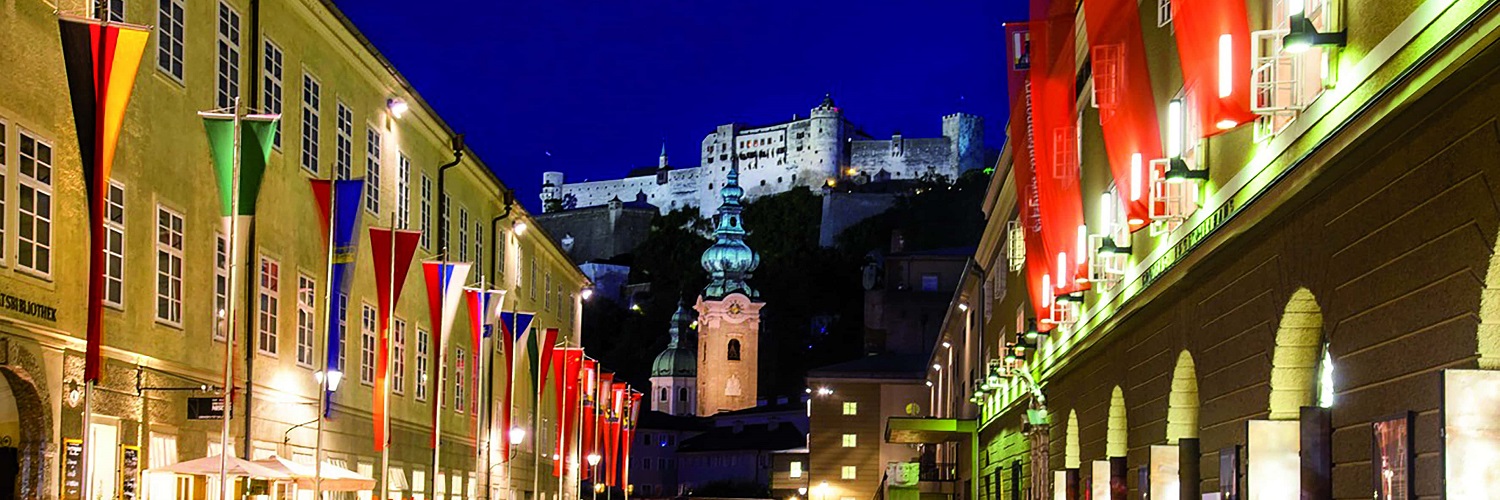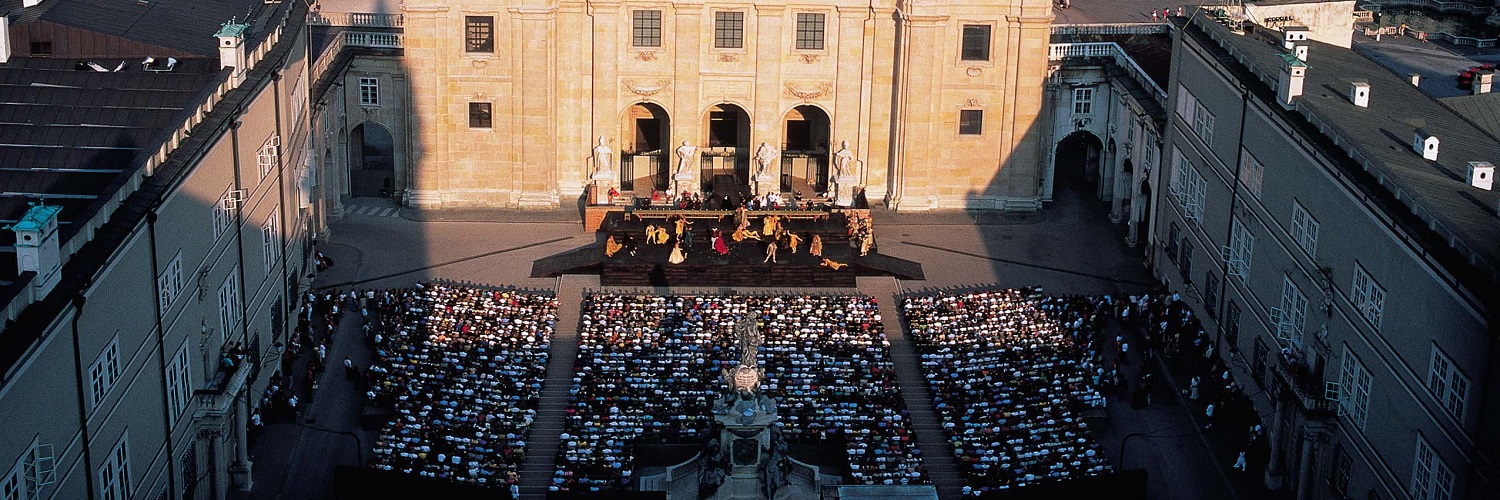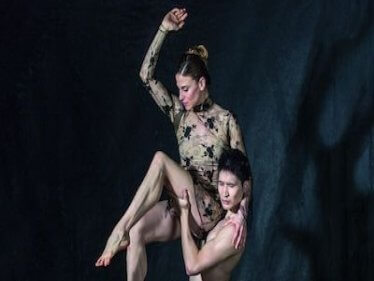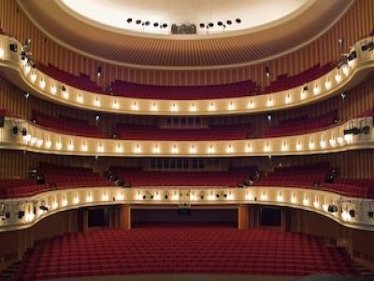Pacific / Locus / Night Wandering / Offenbach Overtures - Schedule, Program & Tickets
Pacific / Locus / Night Wandering / Offenbach Overtures
PACIFIC Mark Morris
LOCUS Trisha Brown
NIGHT WANDERING Merce Cunningham
OFFENBACH OVERTURES Paul Taylor
PACIFIC Mark Morris
He has been described as the “Mozart of modern dance” and the New York Times recently wrote of him as one of the “the most successful and influential choreographer alive”. Mark Morris created most of his work for his New York-based Mark Morris Dance Group, which has borne his unmistakable artistic signature since its formation in 1980. However, since his Handel pastiche “L’Allegro, il Penseroso ed il Moderato” was commissioned by Gérard Mortier, this brilliant creator of dance has rarely been seen in Europe. Which makes it all the more sensational that the Ballett am Rhein can now present one of the American choreographer’s ballets in its programme dedicated to modern dance, b.40. “Pacific” – created in 1995 for San Francisco Ballet – is a lucid combination of Mark Morris’ fluid and at the same time highly form-conscious dance style with music by Lou Harrison.
LOCUS Trisha Brown
Trisha Brown was one of the leading figures of American postmodern dance. With thinking similar to that of Merce Cunningham, she pursued her own path with a dance that drew inspiration from everyday movements, experimental music and art and repeatedly focused on one theme: gravity. In her 1975 choreography “Locus” Trisha Brown imagined a square marked on the floor to be a three dimensional form. 26 points on the six faces of a cube together with a 27th at its centre are ascribed to the letters of the alphabet and each linked to a brief biographical statement. The space does not simply remain a passive environment for the dance that unfolds in silence but becomes a “locus”, a geometric location that defines both the kinesphere of the dancers and the architecture of the choreography. The space and the movement are constituted in a fascinating reciprocal process.
NIGHT WANDERING Merce Cunningham
With “Night Wandering” the Ballett am Rhein adds a unique piece by the postmodern choreographer Merce Cunningham to its repertoire. Through his work with accidental processes the American developed an unmistakable signature over the course of his career based on clear lines and abstract images. Dance itself but also stories that are derived unconsciously and coincidentally from movement lie at the core of his work. The world premiere of “Night Wandering” took place at the Theatre Royal in Stockholm in 1958, danced by Cunningham himself and Carolyn Brown to music by the Swedish composer Bo Nilsson. On stage two figures move in a dark, snow-covered scenography. Quiet and concentrated, speaking a mysterious language, they enter into a game of meetings and seduction … A compelling spectacle of two people wandering through an apparently endless Nordic landscape.
OFFENBACH OVERTURES Paul Taylor
To this day Paul Taylor, who has not only had a decisive influence on modern dance but also repeatedly established connections with classical ballet, is still in charge of the company he founded in 1955, Paul Taylor’s American Modern Dance. Across his comprehensive œuvre he reveals himself to be a scrupulously observant dramatist, comedian, humanist, psychologist, sociologist and storyteller – at times filled with romanticism, at times with satire, sometimes doing no more than unleash a firework of furious movement, then poking his finger into the open wounds of our time. In “Offenbach Overtures” the New York star choreographer not only makes fun of ballet conventions, in doing so he also reveals a number of patterns of human behaviour. A gloriously comic ending to the American modern dance programme b.40.
Subject to change.
LOCUS Trisha Brown
NIGHT WANDERING Merce Cunningham
OFFENBACH OVERTURES Paul Taylor
PACIFIC Mark Morris
He has been described as the “Mozart of modern dance” and the New York Times recently wrote of him as one of the “the most successful and influential choreographer alive”. Mark Morris created most of his work for his New York-based Mark Morris Dance Group, which has borne his unmistakable artistic signature since its formation in 1980. However, since his Handel pastiche “L’Allegro, il Penseroso ed il Moderato” was commissioned by Gérard Mortier, this brilliant creator of dance has rarely been seen in Europe. Which makes it all the more sensational that the Ballett am Rhein can now present one of the American choreographer’s ballets in its programme dedicated to modern dance, b.40. “Pacific” – created in 1995 for San Francisco Ballet – is a lucid combination of Mark Morris’ fluid and at the same time highly form-conscious dance style with music by Lou Harrison.
LOCUS Trisha Brown
Trisha Brown was one of the leading figures of American postmodern dance. With thinking similar to that of Merce Cunningham, she pursued her own path with a dance that drew inspiration from everyday movements, experimental music and art and repeatedly focused on one theme: gravity. In her 1975 choreography “Locus” Trisha Brown imagined a square marked on the floor to be a three dimensional form. 26 points on the six faces of a cube together with a 27th at its centre are ascribed to the letters of the alphabet and each linked to a brief biographical statement. The space does not simply remain a passive environment for the dance that unfolds in silence but becomes a “locus”, a geometric location that defines both the kinesphere of the dancers and the architecture of the choreography. The space and the movement are constituted in a fascinating reciprocal process.
NIGHT WANDERING Merce Cunningham
With “Night Wandering” the Ballett am Rhein adds a unique piece by the postmodern choreographer Merce Cunningham to its repertoire. Through his work with accidental processes the American developed an unmistakable signature over the course of his career based on clear lines and abstract images. Dance itself but also stories that are derived unconsciously and coincidentally from movement lie at the core of his work. The world premiere of “Night Wandering” took place at the Theatre Royal in Stockholm in 1958, danced by Cunningham himself and Carolyn Brown to music by the Swedish composer Bo Nilsson. On stage two figures move in a dark, snow-covered scenography. Quiet and concentrated, speaking a mysterious language, they enter into a game of meetings and seduction … A compelling spectacle of two people wandering through an apparently endless Nordic landscape.
OFFENBACH OVERTURES Paul Taylor
To this day Paul Taylor, who has not only had a decisive influence on modern dance but also repeatedly established connections with classical ballet, is still in charge of the company he founded in 1955, Paul Taylor’s American Modern Dance. Across his comprehensive œuvre he reveals himself to be a scrupulously observant dramatist, comedian, humanist, psychologist, sociologist and storyteller – at times filled with romanticism, at times with satire, sometimes doing no more than unleash a firework of furious movement, then poking his finger into the open wounds of our time. In “Offenbach Overtures” the New York star choreographer not only makes fun of ballet conventions, in doing so he also reveals a number of patterns of human behaviour. A gloriously comic ending to the American modern dance programme b.40.
Subject to change.
There are no products matching the selection.

